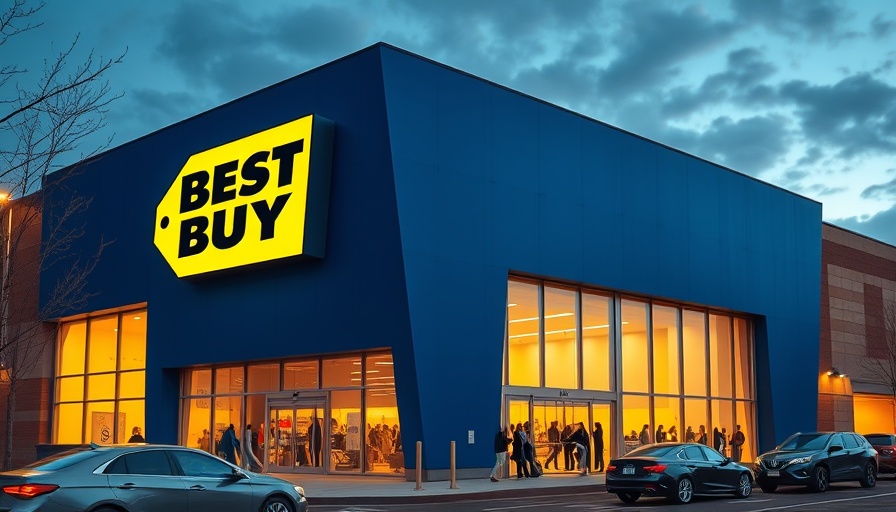
Best Buy Health Faces Challenges: 161 Jobs Cut amid Restructuring
In a recent announcement that has raised eyebrows across the business landscape, Best Buy's health segment is laying off 161 employees, as detailed in a WARN notice filed in California. The layoffs will take effect on September 12, marking a significant shift for a company that has invested in its healthcare offerings in recent years.
Understanding the Context of Layoffs in Healthcare
This decision comes shortly after Best Buy divested its home health firm, Current Health—a purchase made in 2021 for approximately $400 million. Although Best Buy had high hopes for Current, particularly for its partnerships with major health systems like Mass General Brigham and Geisinger, the in-home health business struggled to gain traction as anticipated. Best Buy’s CEO, Corie Barry, highlighted the slow scaling of this venture due to the financial constraints facing healthcare systems, coupled with uncertainties surrounding federal programs supporting hospital-at-home initiatives.
The Bigger Picture: Financial Challenges in Healthcare
Just last quarter, Best Buy reported $109 million in charges linked to restructuring its health unit and noted a staggering non-cash goodwill impairment charge of $475 million, influencing long-term financial projections. As health and wellness takes center stage for consumers and businesses alike, Best Buy's struggles illustrate broader market trends affecting the integration of technology in healthcare.
Examining the Current Landscape of Health and Wellness
The healthcare sector is undergoing a fundamental transformation influenced by technology, yet many companies, including giants like Best Buy, are finding it challenging to keep pace. The recent layoffs attune us to the fact that while the demand for health and wellness products, services, and technologies is rising, the execution and strategy to effectively deliver these to consumers may falter. For instance, the health and wellness sector is burgeoning with various businesses offering everything from natural remedies to lifestyle medicine, emphasizing a shift toward community health resources.
Future Predictions: Navigating Change in Healthcare
As we move forward, it will be critical for companies in the health sector to innovate and adapt. Navigating customer needs through efficient, user-friendly products while addressing the fluctuating reimbursement models in healthcare will be essential. Additionally, integrating natural therapies and wellness programs could provide a competitive edge catered to the wellness-centric consumer.
Taking Action: What It Means for Consumers
For consumers and stakeholders in the health and wellness industry, it's important to monitor how companies like Best Buy adjust their strategies in light of recent layoffs. Potential consumers should remain informed about the evolving health and wellness landscape, including local health initiatives, community resources, and alternative medicine options available to them. Engaging with the right networks and resources can not only ensure the delivery of optimal health and wellness practices but can also serve as a lifeline during times of economic restructuring.
Conclusion: Emphasizing the Importance of Adaptability in Health
As companies strive to redefine their roles in an ever-changing market, the Best Buy example lays bare the complexities and challenges faced in the healthcare arena. Individuals and businesses alike must remain informed and adaptable, understanding how these corporate decisions may impact their access to health services and innovative wellness solutions. In these times of change, staying connected to community health and wellness opportunities can be crucial for maintaining both health and vitality.
 Add Element
Add Element  Add Row
Add Row 



 Add Row
Add Row  Add
Add 


Write A Comment